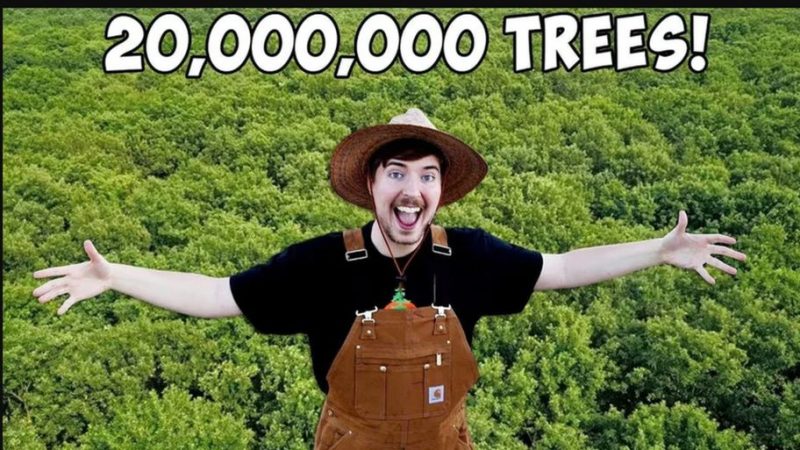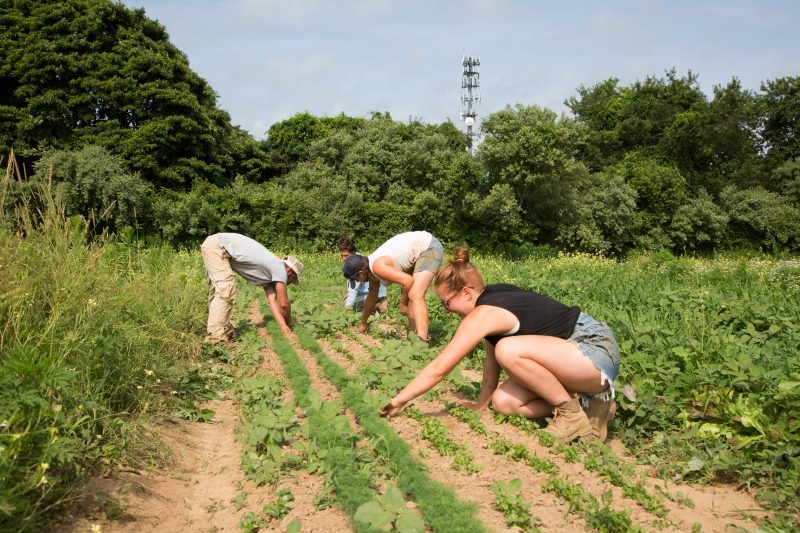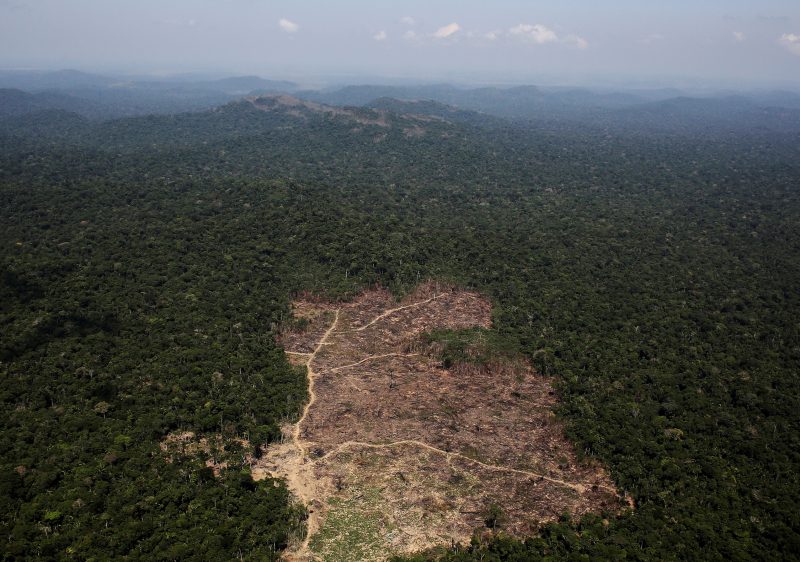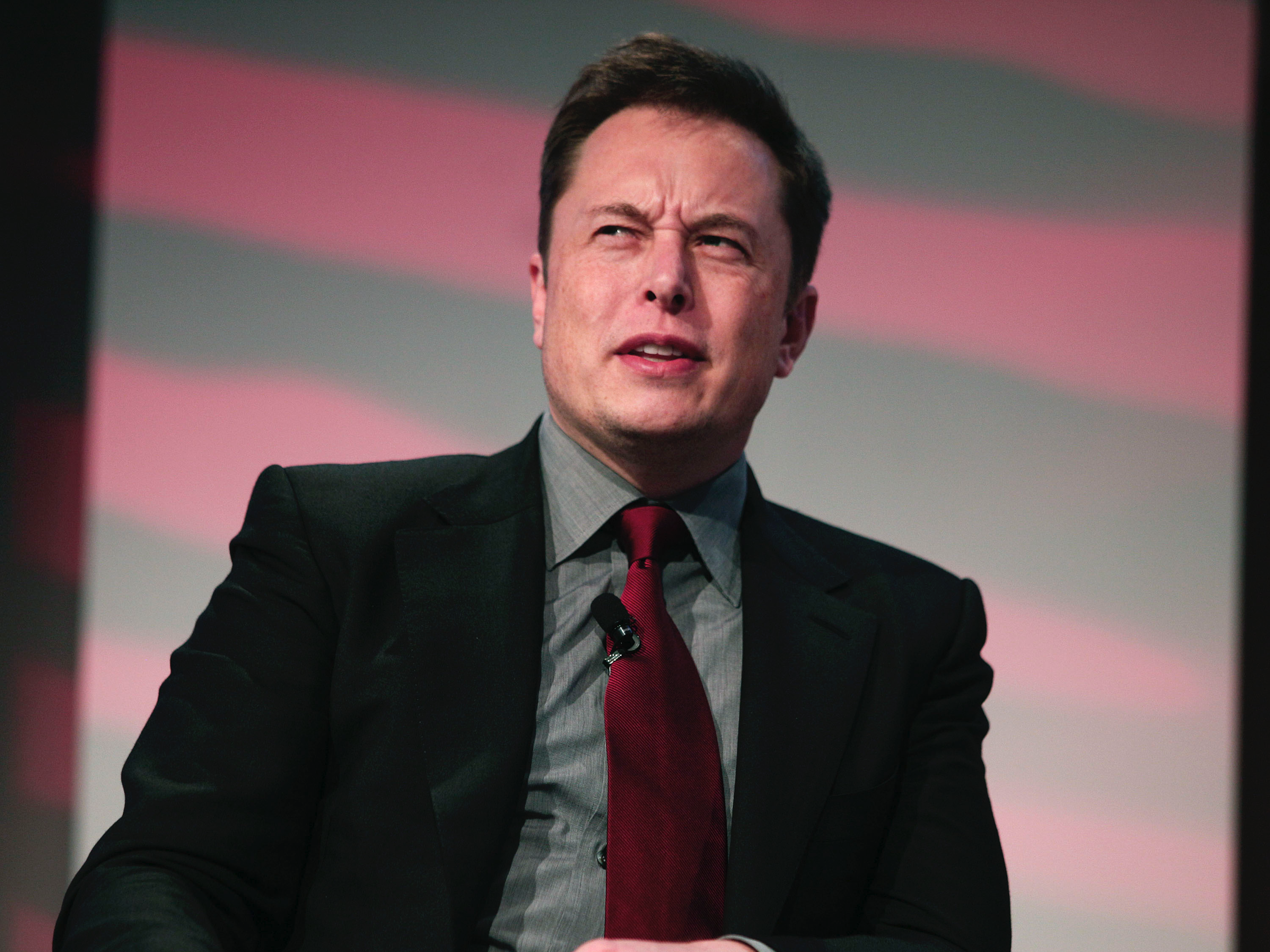- On Tuesday, Elon Musk pledged to donate $1 million to the #TeamTrees campaign started by the YouTuber Jimmy Donaldson (also known as “MrBeast”).
- The campaign hopes to plant 20 million trees “in a variety of forests on public and private lands in areas of great need” worldwide. Each dollar donated is equivalent to one tree.
- Twitter CEO Jack Dorsey donated 150,000 trees to the campaign.
- The #TeamTrees website says “forest restoration has the most global climate mitigation potential compared to all other natural climate solutions.”
- But planting trees is not the best way to address climate change, according to some scientists. Keeping carbon in the ground and reducing greenhouse-gas emissions are equally, if not more, imperative.
- Visit Business Insider’s homepage for more stories.
Elon Musk has pledged to donate $1 million to a campaign that hopes to plant 20 million trees around the world starting on January 1. He even changed his Twitter name to Treelon.
Twitter CEO Jack Dorsey followed suit with a $150,000 pledge of his own.
The campaign, #TeamTrees, is spearheaded by the YouTube influencer Jimmy Donaldson, aka MrBeast, in collaboration with the Arbor Day Foundation. It hopes to plant the trees on every continent except Antarctica between January and December 2022.
According to the campaign website, #TeamTrees and the Arbor Day Foundation are focused on planting new trees because “forest restoration has the most global climate mitigation potential compared to all other natural climate solutions.”
They cite a 2017 study published in the journal Proceedings of the National Academy of Sciences (PNAS) that suggested reforestation - the process of planting new trees - would be the best means of keeping Earth's temperature from rising more than 2 degrees Celsius.

The logic is fairly simple: Trees take in carbon dioxide (CO2) from the air in order to grow and make food via photosynthesis, and they release oxygen as part of that process. So if enough trees were planted, they could theoretically absorb enough CO2 to curb climate change.
Unfortunately, the unprecedented concentration of CO2 in the atmosphere means it's not that easy.
There isn't enough space for all the trees we'd need
A July study published in the journal Science suggested that if we were to plant new trees across 900 million hectares (some 2.2 billion acres, or an area nearly the size of the continental US), they could absorb two-thirds of the carbon dioxide we've spewed into the atmosphere in the past 250 years.
But many scientists - so many, in fact, that Science wound up publishing six letters of critique - took issue with these calculations, saying that they overstated trees' carbon-sequestering potential.
"The claim that global tree restoration is our most effective climate-change solution is simply incorrect scientifically and dangerously misleading," a group of scientists wrote.
That's because realistically, there isn't enough space on Earth to plant trees across that big an area.
A 2017 paper said that the sheer amount of trees needed to keep warming below 2 degrees Celsius would be so large that most land that isn't forest would vanish. That would mean no more pastures and no more crop land on which to grow food. The loss could pose a grave threat to global food security.

"There would be intense competition with food, water, and conservation needs," The Conversation reported.
Some scientists may be overestimating how much trees can do
What's more, not every tree can store the same amount of CO2. Forests' carbon-sequestering capacity varies significantly between regions, environments, and climates.
One forest ecologist, Simon Lewis, suggested that the authors of the July study had overestimated how much of our CO2 emissions trees could absorb by a factor of two.
Yet another problem is that the world isn't heading in a forest-friendly direction. About 15 million trees are cut down globally each year, and the world has lost 46% of all trees since the beginning of human civilization, according to a 2015 study.
The 2017 PNAS study listed Indonesia, China, Russia, India, and Brazil as the top five countries where new forests could reduce emissions. But in Brazil, deforestation in the Amazon reached unprecedented levels in July, when forest cover shrunk by 519 square miles (1,345 square kilometers) - an area more than twice the area of Tokyo. Data from Brazilian satellites indicated that about three football fields' worth of Amazonian trees fell every minute, and the total deforested area in July was up 39% year over year.

Meanwhile, atmospheric carbon dioxide levels are the highest they've been since before the dawn of humanity.
So scientists agree that although planting 20 million trees is a positive aim, the obvious solution to climate change is to cut emissions. Even climate activist Greta Thunberg pointed out on Twitter that planting trees should not be seen as the singular cure for our climate woes.
"Yes, of course we need to plant as many trees as possible," she wrote. "But there's absolutely no way around stopping our emissions of greenhouse gases and leaving the fossil fuels in the ground."
The #TeamTrees website, for its part, acknowledges that tree-planting is no silver bullet, preferring to characterize the effort as "silver buckshot."

